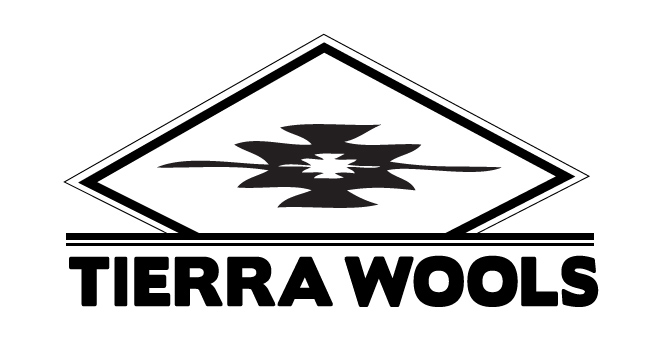Shearing Time: Preparing the Fleece
Easter has come and gone and the shearing crew is here already! Shearing time marks the beginning of the ranching year for us: it's our first big event and the first step in preparing for lambing next month.
Shearing in the trailer
The work of shearing begins in the corrals where the sheep are sorted by type and color and sent down the chute to the trailer where the shearers do their work. When the shearers are done, a freshly-shorn sheep pops out of the side of the trailer, but the process is far from complete.
Over on the other side of the trailer, many hands are busy working the fleeces as they come down the wool chutes.
First comes a “belly:” this is the short (and often quite dirty) wool from the underside of the sheep. We collect these bits separately since the short staple of belly wool makes it better suited to non-yarn uses.
Belly wool
Then out comes the fleece itself. The shearers work hard to ensure the wool staple remains long as it is shorn from the sheep. Short wool fibers aren’t good for making yarns so the shearers cut carefully to avoid making “second cuttings” as much as they can.
Once the fleece comes down the chute, it’s scooped up and thrown on the skirting table – a large table-height metal grid – and spread out so a couple people can work on one fleece together.
First the fleece is shaken to allow any small “second cuttings” to fall through the table to the ground. Then the fleece is hand-cleaned by removing any excessively soiled areas and any areas containing too much organic matter. (Sheep love to get lots of hay stuck in the wool on their necks!)
Once the fleece has been cleaned, it is sorted based on the type, quality, and color of the wool. Sometimes we save out a few of the especially nice Churro fleeces for spinning in the grease.
Weighing the wool bales
Finally, the wool is packed into bales and labelled for storage. These bales are heavier than they look - each contains several hundred pounds of wool! They’ll be stored until we’re ready to make more yarn and blankets for Shepherd’s Lamb & Tierra Wools.










